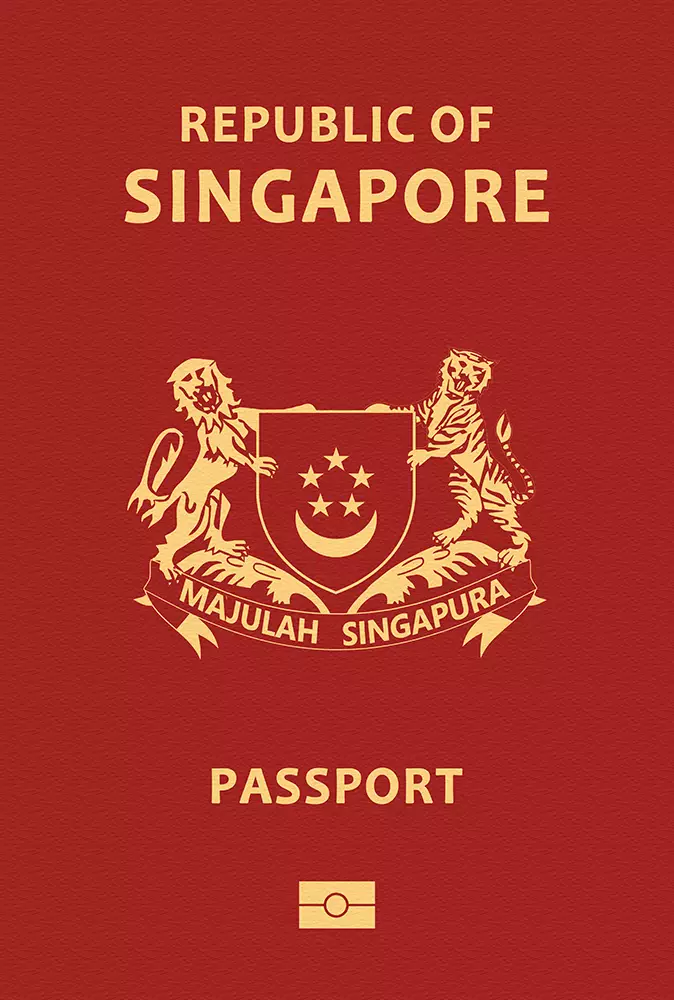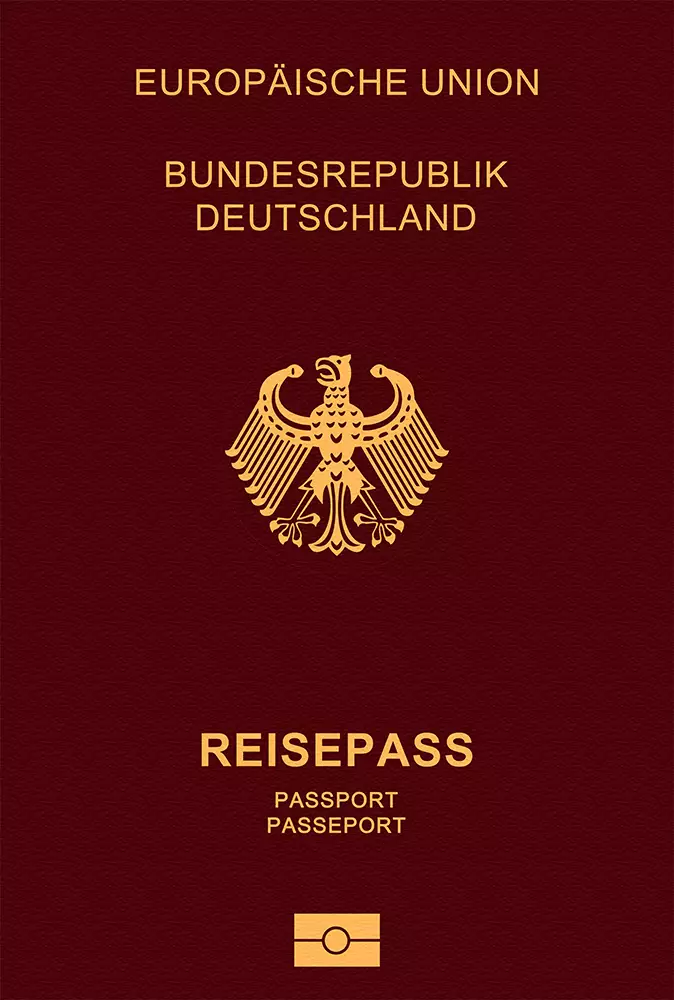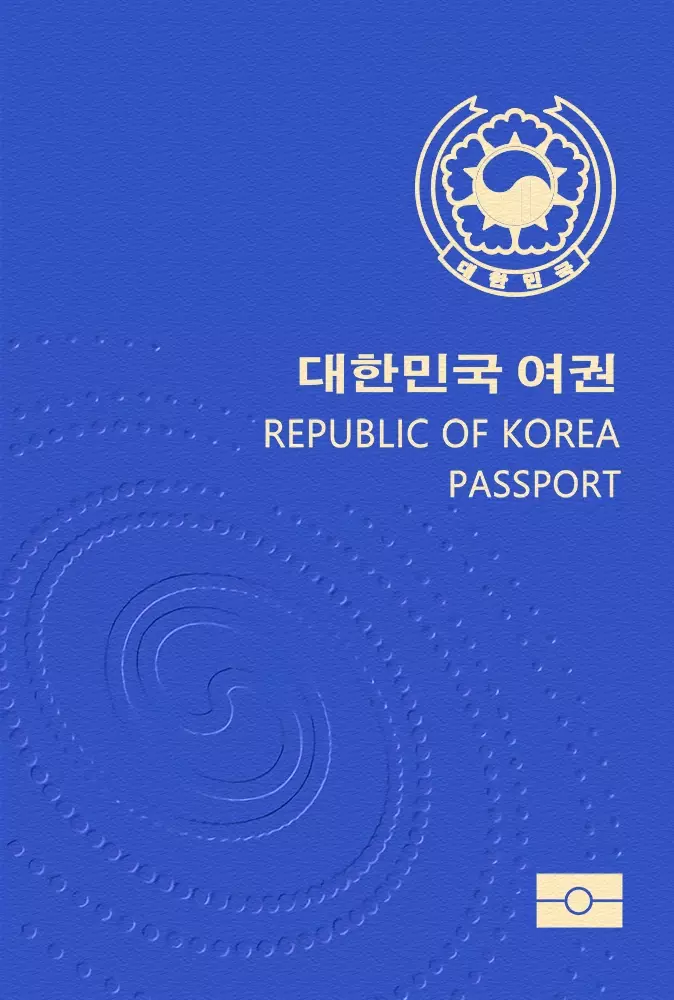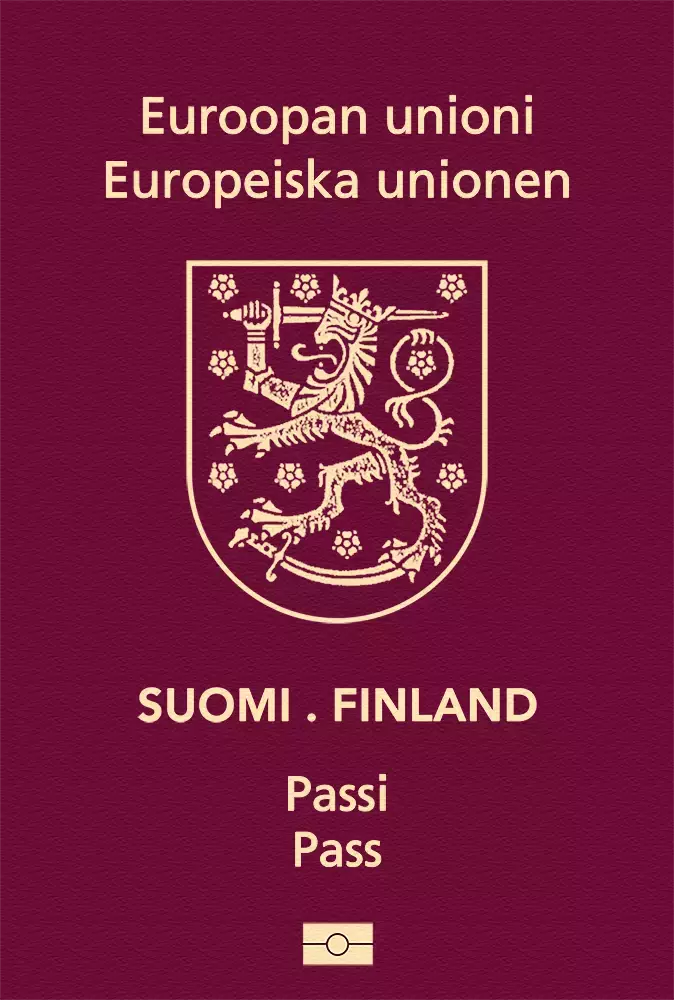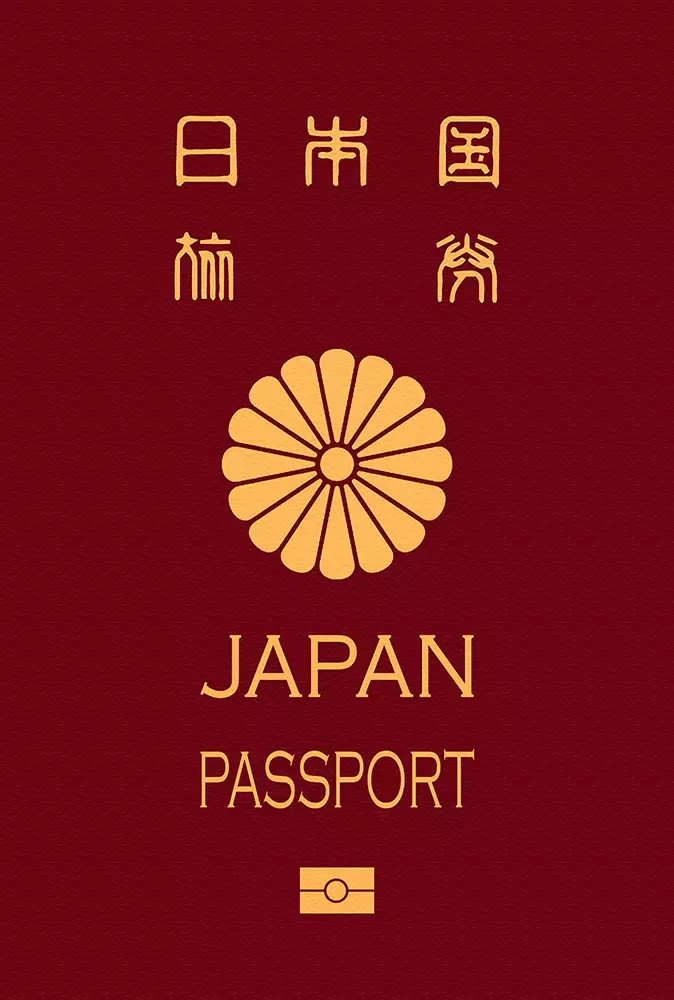There are 32 departments in the Republic of Colombia. It's situated in South America's north. The countries of Ecuador, Peru, Brazil, Venezuela, and Panama are its neighbors. The three departments that are most significant are Valle del Cauca, Capital, and Antioquia. Colombia is 1.1 million square kilometers in size. As a result, it is the fourth-largest nation in South America. The topography of the nation spans a wide range of terrains. Its climate fluctuates between a tropical and a mountainous, chilly highland environment. There are 49 million people living there overall. Bogotá is the nation's capital. It has 7.4 million residents, making it the most populous city as well.Barranquilla, Cali, and Medellín are some more significant cities. El Dorado International Airport (BOG), which handles 32 million people annually, is the biggest airport. Jose Maria Cordova International Airport (MDE), which handles 8 million passengers a year, comes next. When combined, the two airports offer global connectivity. They serve as a point of entry into both South and Central America. A blend of Spanish, European, African, and Caribbean cultures predominate in Colombian culture. The predominant religion is Roman Catholicism.Spanish is the official language of the nation. The civil laws of France and Spain form the foundation of the legal system. There is a presidential republican form of governance. President Gustavo Petro is the head of state and administration. Every four years, there are elections. The Colombian Peso (COP) is the nation's official currency. COP 4,083 is the current conversion rate to the USD. With an open economy, the country's GDP is roughly $334.68 billion. This places its economy as the fourth biggest in South America.The per capita income of its people is $6,417. The three main sectors that comprise the majority of the GDP are agriculture, industry, and services. Petroleum, textiles, gold, coffee, apparel, and coal (the fourth-largest producer in the world) are its principal exports. There are many different urban and rural tourism sites in Colombia. The nation is well-known for its numerous old colonial structures and its nine UNESCO World Heritage sites. Among the well-liked locations are Tayrona National Park, Eje Cafetero, Cartagena, and the capital, Bogota.. The country's tourism industry has changed during the past few years, becoming trendier and more alluring. This is because of its rich cultural heritage and friendly locals. Every year, more than 6 million tourists travel to Colombia. Most of them are from the United States and the surrounding nations.







































































































































































































































